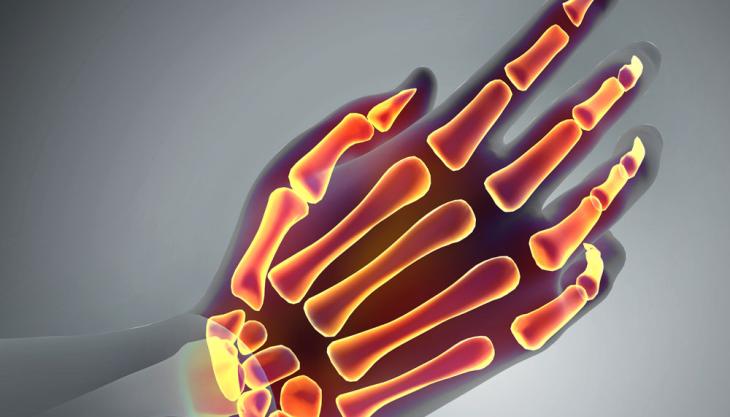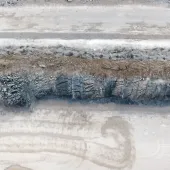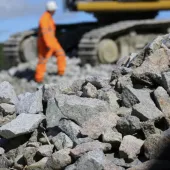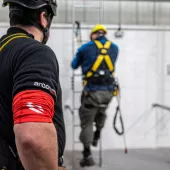Free online HAVS advice from Chicago Pneumatic

Manufacturer provides advice and shares best practice on the safe use of power tools
POWER tools such as pneumatic grinders and impact wrenches are key to enhancing productivity in industrial and vehicle service applications, but they need to be used properly and safely to ensure that operator well-being is not compromised.
Chicago Pneumatic, a leading manufacturer of power tools for more than 110 years, are offering free advice online to help their customers work smarter and safer.
As part of the company’s employee well-being series, Chicago Pneumatic are encouraging power tool users to get tough on the causes of Hand Arm Vibration Syndrome (HAVS), which is a known risk for anyone who is regularly exposed to mechanical vibration.
Prolonged exposure results in damage to blood vessels and nerves in the fingers, hands and arms, with symptoms ranging from loss of feeling or tingling to permanent numbness and disability. All frequent users of power tools that vibrate during usage have the potential to develop HAVS unless they protect themselves from exposure.
‘Operator well-being is a key driver for Chicago Pneumatic,’ said Eva Marie, the company’s global brand communications manager. ‘As a leading manufacturer of air power tools, we invest heavily in developing new designs and testing our products to help reduce factors such as vibration; but we also believe it is very important to help our customers by sharing best practice.
‘HAVS can result in irreversible, life-changing damage – but it is an entirely preventable condition. Our latest advice aims to reduce the risk of HAVS in the workplace by sharing some simple ways in which operators can protect themselves and their colleagues from excessive exposure to vibration.’
‘Hand Held Tools: Protect Your Employees’ includes information about HAVS and its causes as well as a seven-point plan to reducing risk. Tips include taking time to try out different tools for levels of vibration, as well as making sure that the right tool is being used for the job in hand. This is particularly important as HAVS is directly related to the amount of time an operator is exposed to vibration; so using a stronger, more efficient tool that reduces trigger time is a positive way of protecting yourself.
In addition, there are tips on how to schedule workload according to the likelihood of exposure. For example, an application that delivers 20 metres per second squared of vibration to the operator’s hands will result in a safe exposure limit being reached after only eight minutes.
Therefore, the operator needs to take breaks at regular intervals to make sure that these limits are not exceeded. This does not necessarily mean downing tools altogether, simply that operators should be scheduled to undertake different tasks that do not involve vibration in rotation with tasks where vibration exposure is unavoidable.







